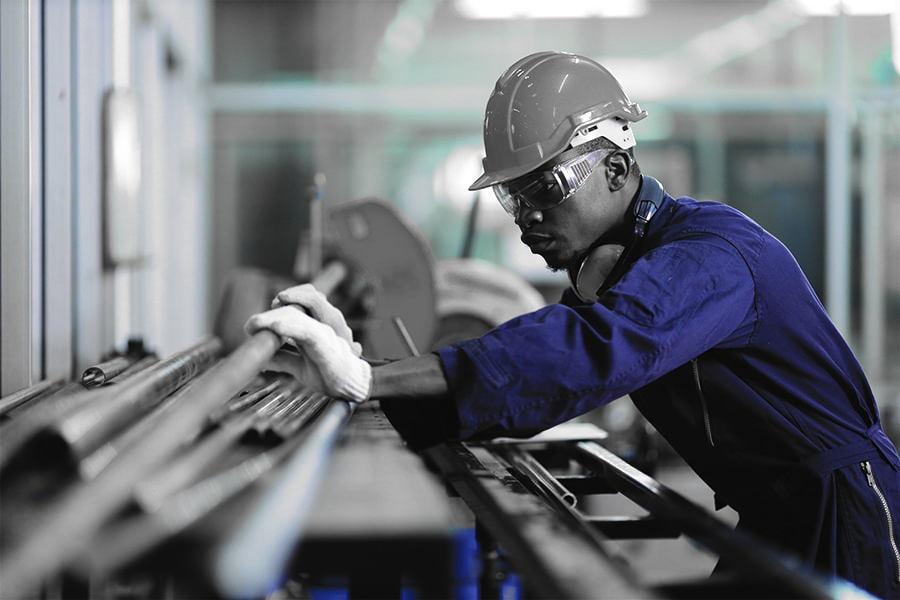Invest in the direction your business is going
Equipment is going to be vital to your ability to expand your capabilities, keep your systems current and bolster your IT infrastructure, as well as security. Leasing can be a powerful option to stay nimble when investing in emerging technology because a lease can be structured for your unique situation. For example, a lease may only require partial payments while you are getting new systems up and running and are not yet seeing a return on the investment. It also may mitigate risk that the equipment you buy today could quickly be rendered obsolete by new developments.
Focus on affordability
In addition to repair costs and regular maintenance, in today’s environment, companies are updating their vehicle fleets for many reasons, including to: attract quality drivers; meet increased online ordering and delivery demands; improve efficiencies; and satisfy clients’ strict hauling requirements. Leasing can make meeting these demands more affordable. Choosing a Terminal Rent Adjustment Clause (TRAC) lease allows you to only pay for a portion of the truck, which keeps the monthly payment low. This option also comes with a buyout at the end of the lease, and in most cases, your payment is based on 75 percent of the unit selling price, providing a more affordable solution. Consult your accountant about other potential tax benefits.
